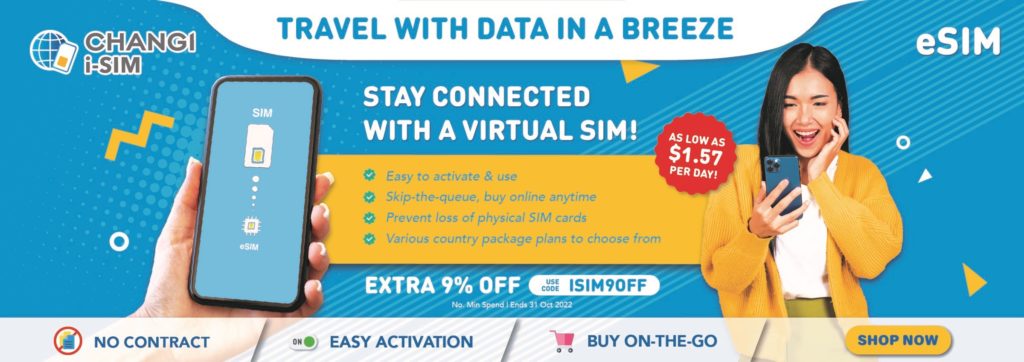Being able to stay connected while you’re on holiday is important, whether you’re keeping in touch with family and friends or need to stay on top of work. But the last thing you want is a huge bill when you get home. So what are your options?
There are two main types of SIM cards that can help you avoid bill shock: eSIMs and travel SIM cards. Let’s take a look at each one to see which might be the best option for you.
What’s the difference between eSIM and Travel SIM cards?
eSIM
An eSIM is a digital SIM that is built into your phone. That means you don’t need a physical SIM card to use it. You can activate an eSIM by scanning a QR code or downloading a profile from your carrier.
An eSIM can be a good option if you’re planning to travel to multiple countries, as you can easily add single-use plans as needed without having to change your SIM card each time. And since there’s no physical card, it’s one less thing to worry about losing while you’re on holiday.
Travel SIM card
A travel SIM card is a physical SIM card that you can buy from Changi Recommends. It usually comes with a data package. Once you’ve used up your allowance, you can top up your card with a new data package as needed.
A travel SIM card can be a good option if you want the flexibility to choose different plans for different countries or if you want to be able to use your phone right away when you arrive at your destination.
Another advantage of using a travel SIM card is that it can sometimes be cheaper than using your regular phone plan while abroad. Just be sure to check with your carrier beforehand so that you understand the fees and charges associated with using a travel SIM card.
So there you have it—a quick overview of eSIMs and travel SIM cards to help you decide which might be the best option for staying connected while you’re on holiday without breaking the bank. Do your research beforehand so that you know what charges will apply, and then enjoy being able to stay in touch without worrying about a nasty bill when you get home!





